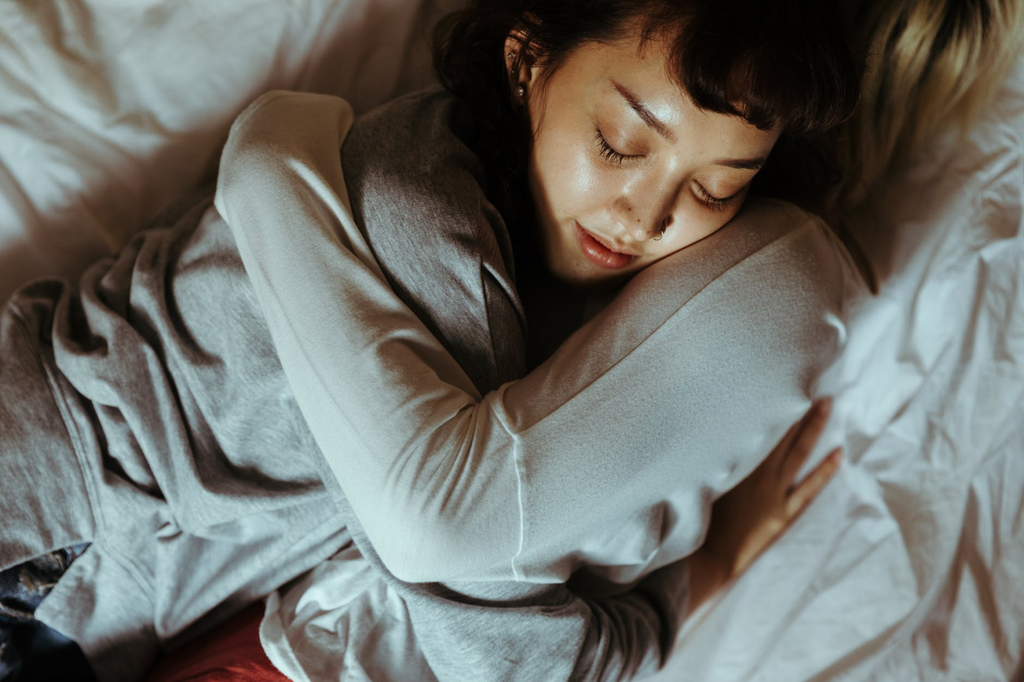Do you wake up each morning feeling like you barely slept? If you feel as though it’s impossible to get a good night’s sleep, you gasp for air, or you snore; you might be suffering from sleep apnea. But are you aware that the position you’re sleeping in could be impacting your ability to breathe throughout the night and exacerbate your sleep apnea symptoms?
For minor sleep apnea, it’s possible that a simple change in sleeping position could help your symptoms. It’s not a guaranteed fix and an AutoPAP mask may still be required to fully cure your sleep apnea but positional therapy is worth a try.
What Is Sleep Apnea?
Patients who are diagnosed with obstructive sleep apnea stop breathing throughout the night because their airway collapses. These cessations in breathing happen quickly — so quickly that the adult with sleep apnea doesn’t even realize that they stopped breathing. As a result of sleep apnea, patients often experience dry mouth from snoring and gasping for air, feeling unrested during the day, and experiencing headaches.
What Is Positional Therapy?
A variety of underlying factors can cause sleep apnea. One of these factors is the position in which the person sleeps. Positional therapy is a strategy used to treat positional sleep apnea caused by the patient resting on their back.
Because of the body’s position when laying on the back, the patient is more likely to experience loud snoring due to the pull of gravity. The position increases the chance that the person’s tongue and soft tissues of the palate collapse into their throat, blocking the airway, disrupting their sleeping.
When the adult with positional sleep apnea sleeps on their back, they might find themselves snoring or gasping for air more often during the side. By shifting their sleeping position onto their side, their airway remains open, allowing them to sleep naturally and soundly.
To promote side sleeping, the patient wears a unique device around their chest or waist that helps to keep them on their sides by gently vibrating if they shift onto their back. The device’s goal is to alert the body to move back on its side without waking up the patient and pulling them out of their slumber.
If the patient’s sleep apnea symptoms don’t improve with positional therapy or the device isn’t useful in keeping them off their back, their doctor will likely recommend an AutoPAP machine, otherwise known as an auto-adjustable positive airway pressure machine. The purpose of this breathing machine is to provide the patient with varying air pressure through a mask while they sleep, helping to keep their airways open and keep them breathing throughout the entire night.
An AutoPAP machine is an optimal treatment option for a patient that requires varying pressure based on their sleep cycles or sleeping position. Various masks enable the patient to find a comfortable choice that works with their specific sleeping positions.
Improve Your Sleep with AutoPAP
If you’re finding yourself tired and worn down during the day, there might be an underlying condition impacting your sleep. Seeking help from a professional sleep specialist will help you determine if the root cause is obstructive sleep apnea, and if so, they can put together an ideal treatment plan to ensure you get a good night’s sleep.
Whether you’re looking to take a home sleep apnea test or purchase the breathing machine you need, ApneaMed can help you improve your sleep and increase your job performance. Contact our team to learn more or for assistance in purchasing an AutoPAP machine.

